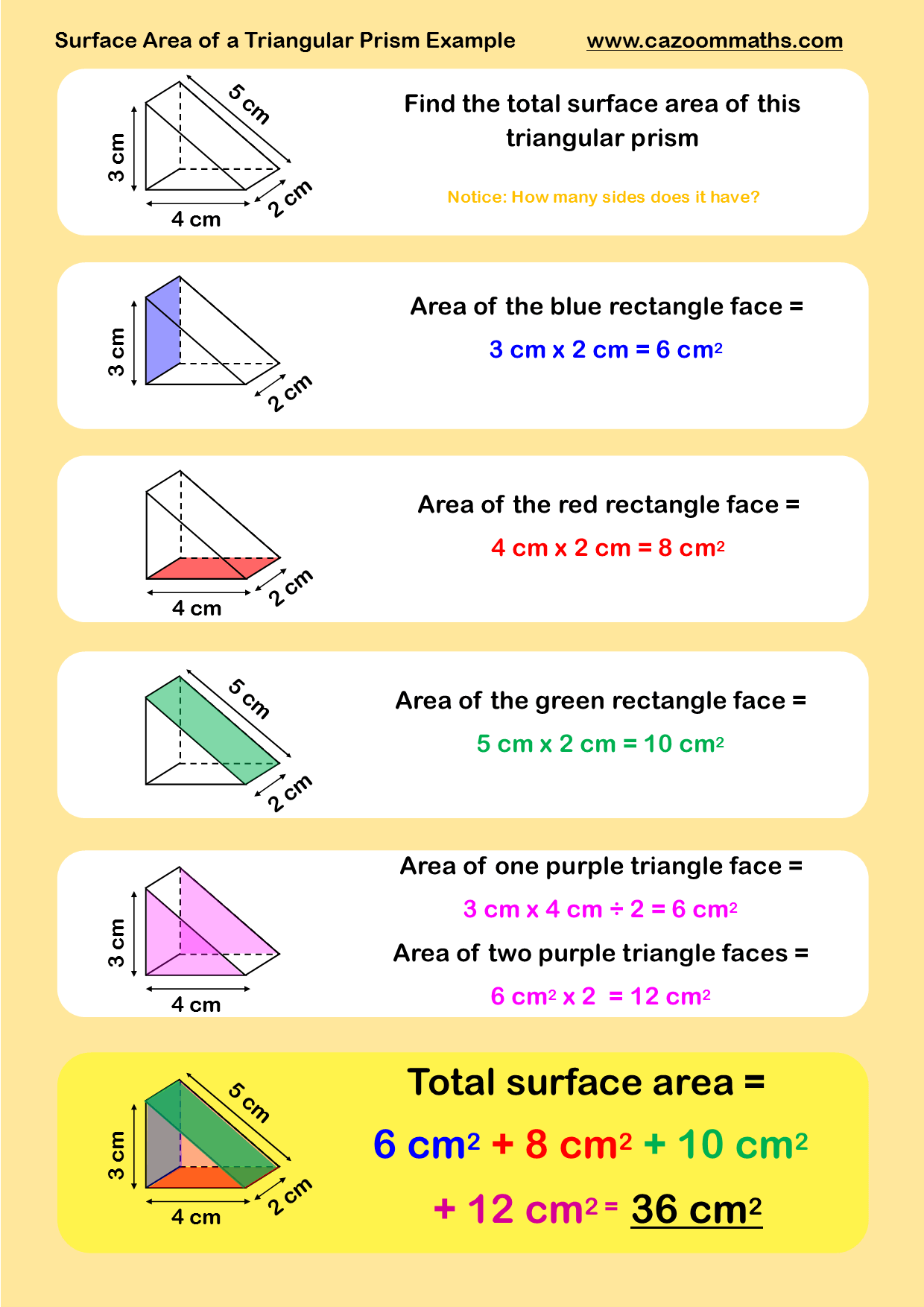
What’s new in version 2022.02 Updated on Release notes were unavailable when this listing was updated. These results challenge assertions about the capabilities of 3D models in previous studies, and suggests that establishing a common standard for evaluating digital models, such as the identifiability of osteological traits introduced here, is a desirable development in digital osteology. The system is aimed to help the processing of the typical not-so-small unstructured models arising in 3D scanning, providing a set of tools for editing, cleaning, healing, inspecting, rendering and converting this kind of meshes. Once Selected the following Pop will appear.

Furthermore, the study showed that some morphological traits were more difficult to digitize and thus less identifiable on 3D models than others, and that qualitatively evaluating 3D models is a complex and challenging task. To change your scale select Filter ->Normals,Curves and Orientations ->Transform: Scale,Normalize. It can also prove difficult to create models capable of representing all parts of their originals equally well without making the models excessively heavy. The study found that while 3D models may hold some advantages over photo documentation as substitutes to originals in osteological analysis, primarily due to preserving much of the originals’ geometry, the technology also suffers some disadvantages, notably that the textures’ image quality often fall short of photos, especially when superimposed on distorted geometry generated from scans. We recommend Meshlab for enhancing and visualizing the. This time, press File Import Mesh, and choose the. III: Press File Export Mesh As in the menu bar and save the model as a. The relative identifiability of the traits on the different models was graded and compared, and the factors that contributed to the results discussed. rock art images - please see our 3D modelling in the Field guidance for further information. II: Press File Import Mesh in the menu bar and select your.

A cranium and a metatarsal bone were chosen as case studies, and three types of models were created of each specimen – a scan-based model, an image-based model and a model combining geometry from scans with textures from photos. To this purpose, rather than choosing just a quantitative and purely technical method for evaluating models, as has been the norm in previous studies, a qualitative method was also applied where the visual identifiability of the traits was taken as the standard. The objective of this study was to contribute to qualifying to what extent this may be possible given current technology.

Previous studies have entertained the prospect of having 3D models substitute for their dry bone originals in osteological analysis.


 0 kommentar(er)
0 kommentar(er)
